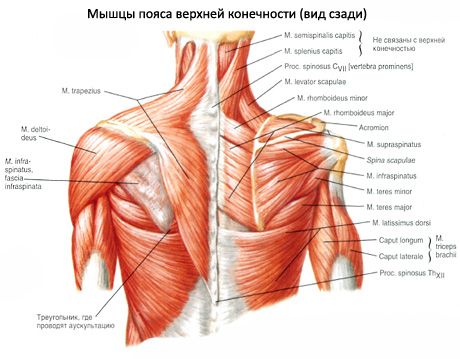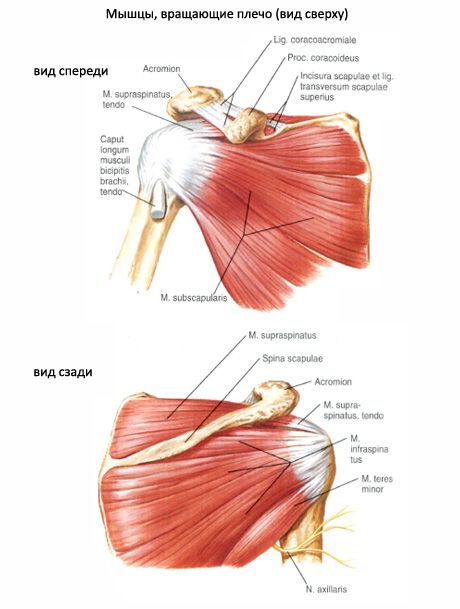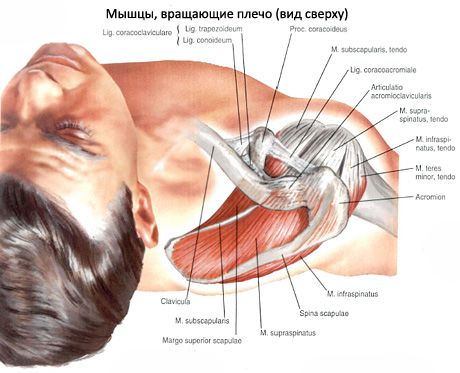Medical expert of the article
New publications
The supraorbital and plantar muscles
Last reviewed: 07.07.2025

All iLive content is medically reviewed or fact checked to ensure as much factual accuracy as possible.
We have strict sourcing guidelines and only link to reputable media sites, academic research institutions and, whenever possible, medically peer reviewed studies. Note that the numbers in parentheses ([1], [2], etc.) are clickable links to these studies.
If you feel that any of our content is inaccurate, out-of-date, or otherwise questionable, please select it and press Ctrl + Enter.
The supraspinatus muscle (m.supraspinatus) is located in the supraspinatus fossa. It begins on the back of the scapula above the scapular spine and on the supraspinatus fascia. The bundles extend laterally. The muscle is attached to the upper surface of the greater tubercle of the humerus; some of the bundles of the supraspinatus muscle are woven into the capsule of the shoulder joint.
Function of the supraspinatus muscle: abducts the shoulder; pulls the joint capsule, protecting it from pinching.
Innervation of the supraspinatus muscle: suprascapular nerve (CV-CVI).
Blood supply of the supraspinatus muscle: suprascapular artery, artery surrounding the scapula.



The infraspinatus muscle (m.infraspinatus) begins on the back of the scapula below its spine and on the fascia of the same name. The muscle bundles, converging, pass laterally and slightly upward (behind the shoulder joint). The muscle is attached to the middle surface of the greater tubercle of the humerus. Some of the bundles are woven into the capsule of the shoulder joint.
Function of the infraspinatus muscle: rotates the shoulder outward (supination); pulls the joint capsule upward, protecting it from pinching.
Innervation of the infraspinatus muscle: suprascapular nerve (CV-CVI).
Blood supply of the infraspinatus muscle: artery surrounding the scapula; suprascapular artery
 [ 1 ], [ 2 ], [ 3 ], [ 4 ], [ 5 ], [ 6 ], [ 7 ], [ 8 ], [ 9 ]
[ 1 ], [ 2 ], [ 3 ], [ 4 ], [ 5 ], [ 6 ], [ 7 ], [ 8 ], [ 9 ]
Where does it hurt?
How to examine?

